In today's data-driven business world, companies face the challenge of capturing, integrating and effectively using large amounts of data from disparate sources. Traditional data infrastructures are often fragmented, inflexible and make it difficult for companies to realise the full potential of their data. This is where the concept of the data fabric comes into play.
A data fabric is a modern data architecture that aims to optimise the enterprise data ecosystem and enable the smooth flow of data across different systems, platforms and sources. It provides an integrated and networked environment where data is easily accessible, integrable, secure and usable in real time.
Optimising the data ecosystem through a data fabric opens up new opportunities for companies to use their data as a strategic asset and increase their competitiveness in an increasingly data-driven world.
Inhaltsverzeichnis
What is a Data Fabric?
A data fabric is a Concept in data processing and in Data management, with the aim of seamlessly integrating and connecting different data sources and resources. It is essentially an architecture or framework that allows data to be managed, analysed and accessed efficiently, regardless of its type, location or structure.
With the help of a data fabric, companies can Comprehensive view of their data landscape receive and Link data from different sourcesincluding local systems, cloud storage, Databases, files, streaming data and more. It provides a unified data access layer that allows users to access the Data without having to worry about the underlying technical details.
A data fabric typically offers functions such as data integration, data management, Data quality assurance, Data protection, Data security and Data governance. It enables companies to effectively use their data to make informed decisions, optimise business processes, gain insights and drive innovation.
Essentially, a data fabric is a concept or architecture that helps organisations unify their data infrastructure and facilitate data access, data integration and data management to fully realise the value of their data.
Data Fabric vs. Data Mesh: Differences and Similarities
The concept of a data mesh differs from a data fabric in the way data is organised and managed within an organisation. While a data fabric is a centralised data infrastructure that enables data integration and management, a data mesh aims to transfer data responsibility and sovereignty to individual teams or domains in a decentralised structure.
In the data mesh approach, data is seen as products and the aim is to establish data-oriented teams within an organisation. Each team is responsible for a specific business area or domain and takes full responsibility for the collection, storage, management, quality assurance and delivery of the data for that specific area. Each team becomes a data domain owner and is responsible for developing and maintaining its own data products.
In contrast to the Data Fabric, which focuses on data centralisation, the Data Mesh model the decentralisation and distribution of data responsibilities. Each team or domain within the data mesh is autonomous and decides independently on the technologies, tools and processes that are best suited to their specific needs. Clear interfaces and standards are defined to facilitate collaboration and the exchange of data between teams.
The goal of the Data Mesh is to increase scalability, agility and innovation around data within an organisation. It enables teams to manage their data effectively and make faster decisions, while reducing complexity and dependency on a central data infrastructure.
It is important to note that data mesh and data fabric are not necessarily opposing concepts, but represent different approaches to data organisation and management. Companies can combine elements of both concepts to meet their specific requirements and goals in dealing with data.
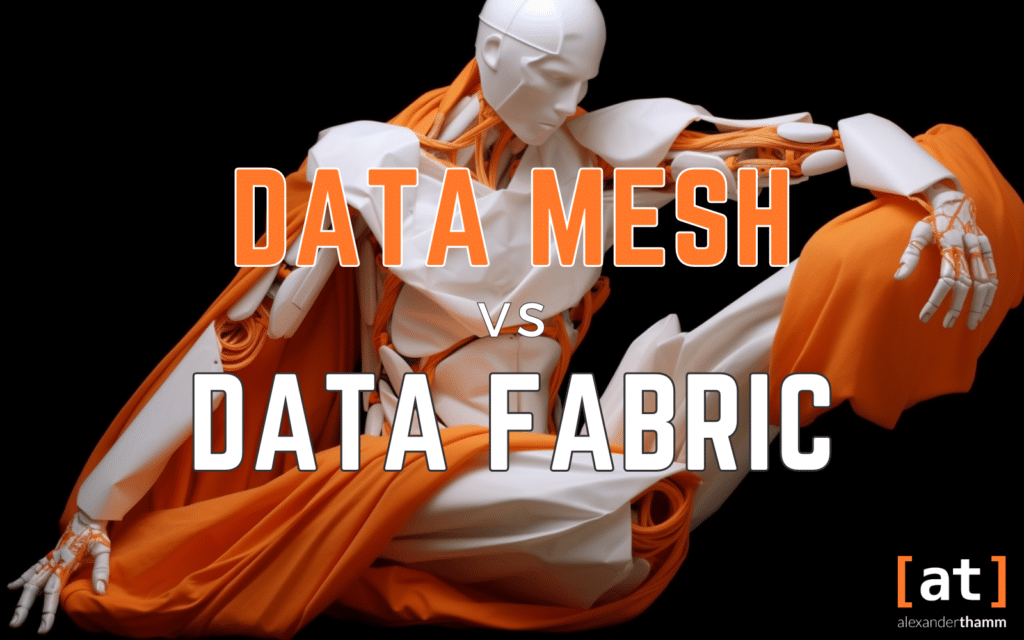
Data Mesh or Data Fabric: Learn which approach is right for your organisation to ensure effective data management and integration.
Data Mesh vs. Data Fabric: A Comparison of Data Management Concepts
Data fabric vs. data lake: differences and similarities
A Data Lake is another concept in the field of data processing and storage that differs from a data fabric and a data mesh. A Data Lake is a central storage location for raw data from various sources and formats, accommodating a large amount of structured, unstructured and semi-structured data.
In contrast to the Data Fabric, which aims to integrate and manage data, and the Data Mesh, which decentralises data responsibility, the Data Lake focuses on centralised storage and easy access to large data sets. It enables companies to collect large amounts of raw data without structuring or transforming it into a specific schema in advance.
A data lake offers Flexible options for data recordingas it takes data in its native format and thus enables a schema-on-read approach. This means that data is only interpreted and structured as needed when it is queried or analysed. This allows companies to increase their data agility and flexibility as they are not dependent on predefined schemas or data structures.
The three Concepts can be combined well with each otherto create a comprehensive data solution. A data lake can serve as part of a data fabric or data mesh, as it is a central data source that can be accessed by different teams or domains. Within a data fabric, data from different sources can be integrated into the data lake to provide a comprehensive view of the data landscape. Within the data mesh, individual teams can create their own data lake to manage and access their specific data products.

Discover the advantages of a Data Lake: The central storage solution for large amounts of data from various sources, enabling effective analysis and use.
Basics, use cases and benefits of a data lake: Everything companies need to know about data lakes
Benefits of a data fabric architecture
A data fabric architecture offers several advantages and benefits for businesses. Some of the most important ones include:
- Data integration and connectivity: A data fabric architecture enables the seamless integration of data from different sources and systems. It creates a unified data access layer that allows data to be accessed regardless of its origin, format or location. This facilitates the flow of data and enables companies to gain comprehensive insights from different data sources.
- Unification of data management: With a data fabric architecture, companies can centralise and unify their data management processes. It enables efficient data management, data quality assurance, data protection and governance across different data sources. Centralised management also facilitates the enforcement of data protection regulations and policies.
- Real-time data processing and analysis: By integrating streaming data sources and enabling efficient real-time data processing, a data fabric architecture makes real-time data processing and analysis feasible. This is particularly valuable for use cases that require real-time insights, updates or notifications.
- Scalability and flexibilityCompanies can easily add new data sources, expand existing ones and adapt the data infrastructure to changing business needs. Scalability enables companies to handle growing data volumes and continuously improve their analytical capabilities.
- Data access and collaborationA data fabric allows users to access the data they need without having to worry about technical details or complex integration processes. This promotes collaboration and knowledge sharing, as teams can access data more efficiently and work together on projects.
Overall, a data fabric architecture enables companies to optimise their data infrastructure, use data more effectively and make informed decisions. It supports digital transformation, improves business processes and promotes innovation by creating a solid foundation for managing and using data.
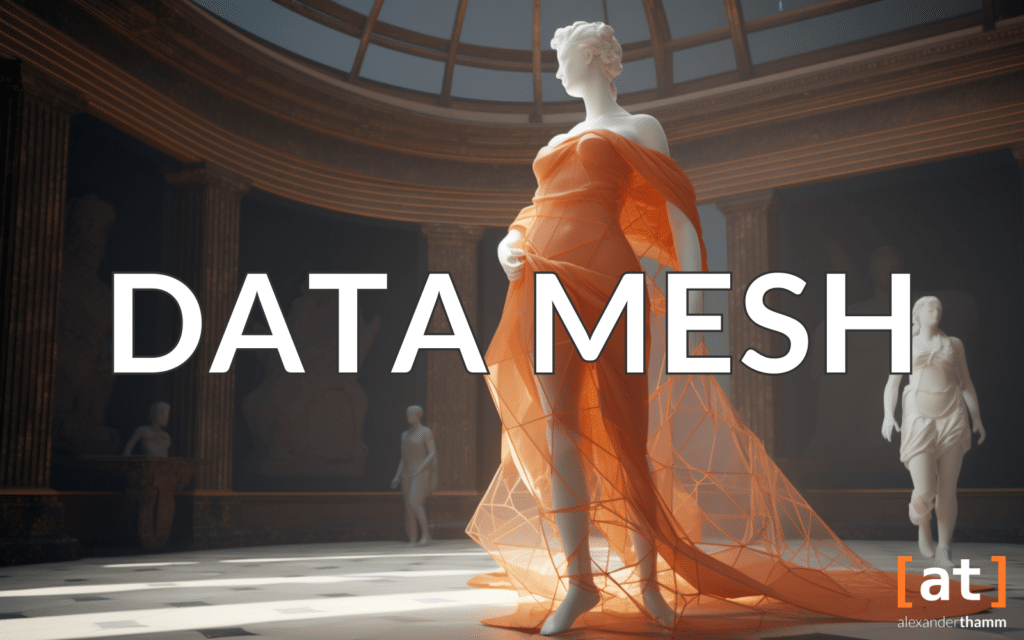
Data Mesh: Revolutionising data management. Discover decentralised agility and improved information sharing. How do businesses benefit? Learn more.
Introduction to Data Mesh: How companies benefit from decentralised data management
Application examples for Data Fabric
A very important application area is the Data Fabric Knowledge Graph. This is a special application of the knowledge graph concept within a data fabric architecture. A knowledge graph is a graph-based data structure that connects information from different sources and represents it in the form of entities (nodes) and their relationships (edges).
A Data Fabric Knowledge Graph goes one step further and Integrates the Knowledge Graph approach into the Data Fabric architecture. In this process, data from different sources and systems are brought together in a uniform graph model. This enables a comprehensive linking and interconnection of data, so that complex interrelationships and relationships between the data emerge.
In this graph model, information can be from structured and unstructured data sources be integrated, including Databases, file systems, applications, APIs and external knowledge sources. By connecting data across different domains, the Knowledge Graph provides a holistic view of a company's entire data ecosystem.
The Data Fabric Knowledge Graph enables a semantic data integration, in which data is linked not only on the basis of its structure, but also on the basis of its context of meaning. This allows complex queries and analyses to be carried out across different data sources to gain new insights and connections.
There is a variety more application exampleswhere a data fabric architecture can be used. Here are some of the most common:
- Data integration and data warehousing: A data fabric architecture can help build a central data warehouse when integrating data from different sources. By seamlessly integrating and consolidating data from internal systems, Cloud services and external partners, the Data Fabric enables comprehensive analysis and reporting across the entire organisation.
- Customer 360° viewA data fabric architecture can be used to create a 360° view of the customer by bringing together data from various internal and external sources. This enables companies to develop a comprehensive understanding of their customers and improve personalised offers, marketing campaigns and customer services.
- IoT (Internet of Things)With the advent of the IoT networked devices generate large amounts of data in real time. A data fabric architecture can help capture, integrate and analyse this IoT data to gain valuable insights. It enables efficient processing and analysis of streaming data and supports use cases such as predictive maintenance, asset monitoring and operational optimisation.
How do I implement a Data Fabric?
Implementing a data fabric architecture in an organisation requires careful planning and implementation. Here are some basic steps to consider when implementing a data fabric:
- Requirements analysisIdentify your organisation's specific requirements and goals for data integration, management and use. Consider existing data sources, systems and infrastructure, as well as desired business outcomes.
- Create data inventoryMake an inventory of all existing data sources, data formats, data flows and data processes in the company. Identify potential data sources to be integrated into the data fabric architecture.
- Choosing the right tools and technologiesIdentify and select the appropriate tools, platforms and technologies required to implement the data fabric. Consider factors such as data integration, processing, storage, security and analytics.
- Data integration and harmonisation: Set up processes to integrate and harmonise data from different sources into a unified form. This may involve the use of data integration tools, ETL processes and data modelling techniques.
- Data quality assurance: Implement mechanisms and processes to review and ensure data quality. Identify data quality metrics and standards to ensure that data is of high quality.
- Data access and security: Define policies and mechanisms for secure access to data in the data fabric. Define access rights, privacy policies and security measures to ensure the protection of sensitive data.
- Monitoring and optimisation: Set up monitoring and optimisation mechanisms to continuously monitor and improve performance, scalability and efficiency. Regularly review data flows, data processes and data infrastructure to identify potential bottlenecks or areas for improvement.
- Training and change management: Ensure that staff have the necessary knowledge and skills to use the data fabric effectively. Train staff in the appropriate tools and technologies and support the organisational shift towards a data-driven culture.

Learn how the ETL (Extract - Transform - Load) process helps companies to efficiently integrate and process large amounts of data and gain business-interpretable insights.
Implementing a data fabric requires close collaboration between the different teams and departments in the organisation, such as IT, data management, analytics and business users. It is important to create a clear roadmap and implementation plan to progressively drive implementation and overcome potential challenges.
It can be helpful to bring in external experts or consultants who have experience in implementing data fabric architectures to ensure that the project runs smoothly. In addition, the implementation of a data fabric should be seen as an iterative process where feedback and improvements are continuously introduced. It should adapt to changing business needs and evolve with new technologies and data sources.
Do you have questions about planning and integrating a data fabric in your company? Then please do not hesitate to contact us. We are happy to be at your disposal at any time and offer non-binding advice.
Conclusion: Mastering the data stream with Data Fabric
Data Fabric is a modern data architecture that aims to optimise the enterprise data ecosystem and enable the smooth flow of data across different systems, platforms and sources. It provides an integrated and networked environment where data is easily accessible, integrable, secure and usable in real time.
By implementing a data fabric architecture, data-driven organisations can improve their data management and analytics. The data fabric enables effective data integration, processing, storage and analysis, allowing companies to realise the full potential of their data.
By optimising the data ecosystem with a data fabric, companies can gain a holistic view of their data, make data-driven decisions and develop innovative business applications. This provides the opportunity to gain new insights, make better business decisions and be more competitive overall.

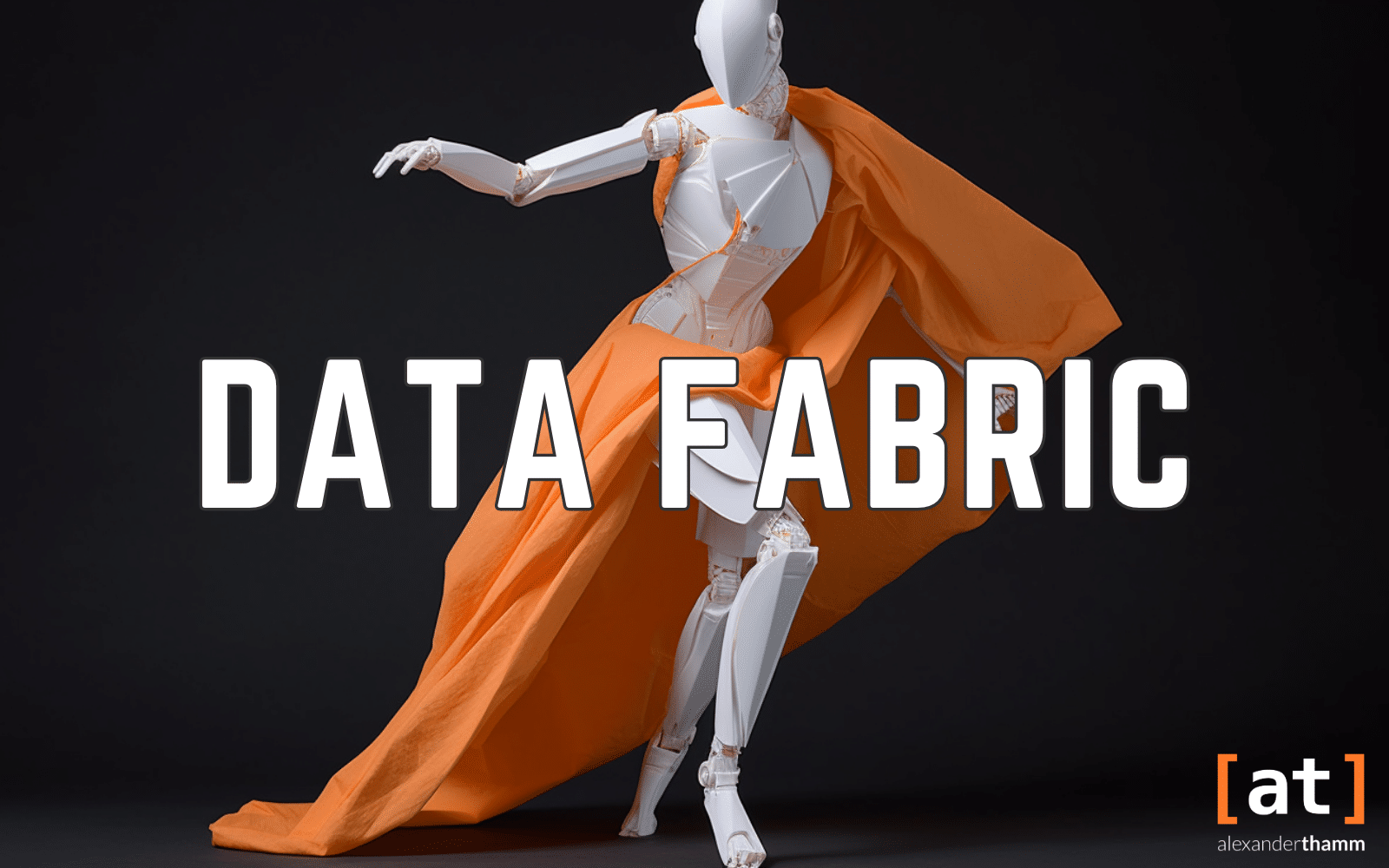




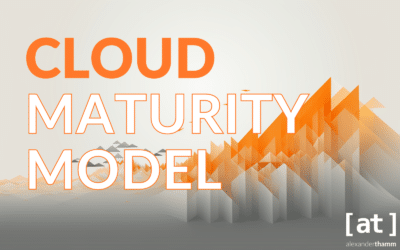
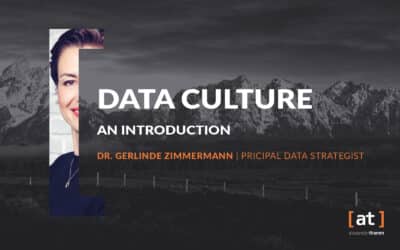
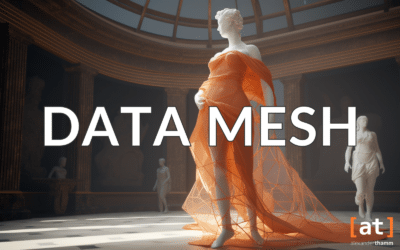


0 Kommentare